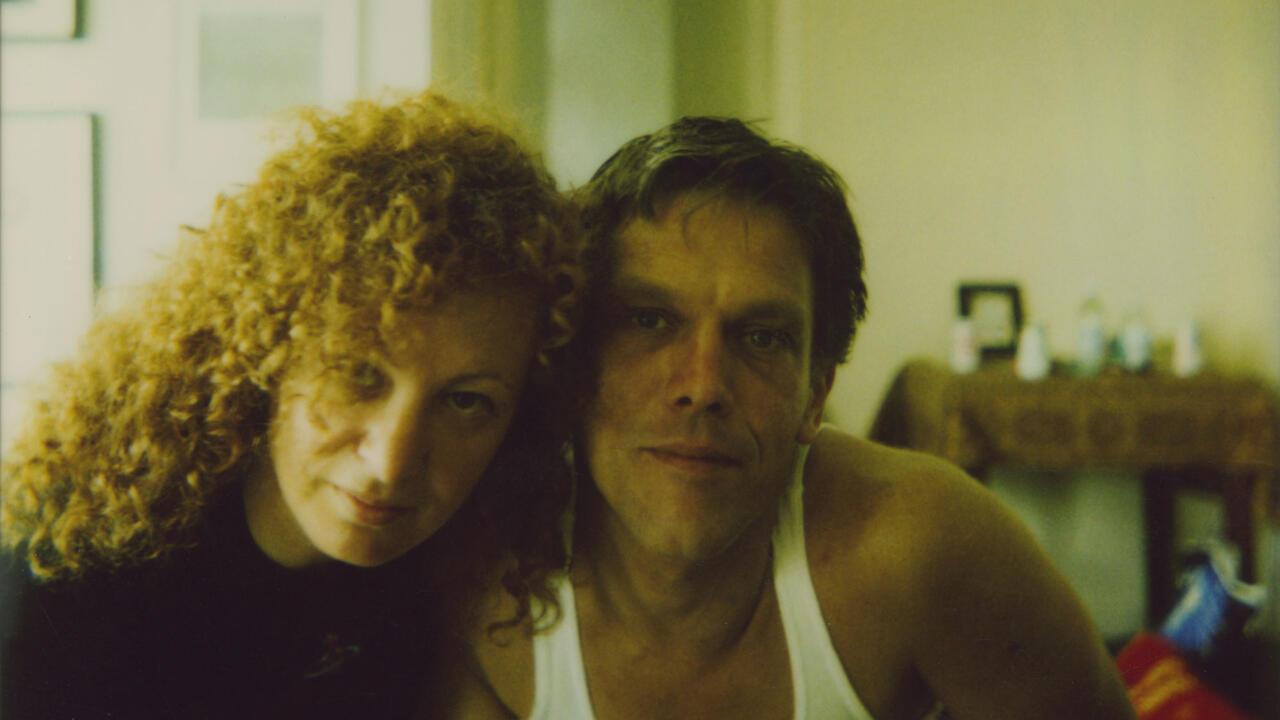Mark Morrisroe
Artists Space
Artists Space

‘You hear what we hear’ – the thoughtful, reassuring motto that opens the inaugural issue of Dirt, a photocopied fanzine that ‘dares to print the truth’ – is a good metaphor for the bare-all philosophy of Mark Morrisroe’s work. The tongue-in-cheek irony (‘Advertise in the magazine everybody reads’), fake news reports, irreverent hearsay, celebrity clippings, blind-item gossip and guest editorials that grace Dirt’s cut-and-pasted pages live up to its guiding principle to keep its readership informed. Co-edited by Morrisroe together with Lynelle White from 1975–6, and titled after the name its primary writer used when he hustled – Mark Dirt – the indelicately collaged pages of alternately typed and hand-written ‘exclusives’ express an individual aesthetic which was driven by editors happy to exploit their readers; generous submissions of personal photos were strongly encouraged, for example (‘nude ones especially welcome’), while entreaties to divulge any unconfirmed gossip (‘Slander your friends!’) were every issue’s back page. Dirt was a small, short-lived, but confidently written operation. Like his later output, which includes thousands of gum prints, silkscreens, Polaroids (often either of himself or of young friends unclothed or in drag), it served as a modest means for a young Morrisroe, then aged 17, to gain attention from the world around him.
Morrisroe seemed to be hustling for recognition in every kind of way, which may account for the breadth of his fairly large body of work, a considerable selection of which was exhibited at Artists Space in the first truly comprehensive exhibition in the USA. Titled ‘From This Moment On’, it took as its starting point a 2010–11 exhibition at the Fotomuseum Winterthur in Switzerland (which also houses Morrisroe’s estate), curated by Beatrix Ruf and Thomas Seelig. Following so soon after the removal of David Wojnarowicz’s video A Fire in My Belly (1986–7) from a show at the National Portrait Gallery in Washington, D.C., the exhibition of Morrisroe’s work, which was also made during the so-called culture wars, is especially relevant.
Explicit humour pervades Morrisroe’s work, but a distinction between nudity and nakedness is important here. His images are usually staged, and his self-portraiture most especially reflects a desire to be seen – not as he was, but as a star. If photographs by his contemporaries (Nan Goldin, for example) require us to find beauty in unlikely places, Morrisroe’s present a kind of afterlife, of aestheticized views of himself and his modest surroundings, a world where pretty boys reign. Like his layered silkscreens, Morrisroe’s photographs feel alchemical in a reflective, almost spiritual kind of way that recalls early photography.
Filmed in close collaboration with various lovers and friends, among them the artist Jack Pierson, Morrisroe’s films are especially daring. In Hello from Bertha (1983), the nearly always reclining Morrisroe – who, adding to the eroticism and allure of his films and photographs, often picked characters and poses that placed him on beds, so as to hide the difficulty he had walking – plays the eponymous character at the centre of Tennessee Williams’ 1946 one-act play. In one tender onscreen moment Morrisroe, in close-up, and dressed in drag as the languishing prostitute Bertha, pleadingly asks ‘Are you saying I am going to die? I don’t want to die.’
Unlike Goldin, who lived to see interest in her work renewed, Morrisroe died in 1989, and like so many talented artists lost to AIDS-related illnesses, his work has perhaps too often been confused with the tragedy of his passing. But his photographs, even those produced in his last days, which show him moving around his hospital bed, speak of anything but death – only life. Even a dramatically lit black and white photograph of a dead rat (City Street, 1981), feet in the air and flat on its back, does not look like stark, harrowing realism, but something staged, almost with an air of glamour. Here even death manages to borrow a city streetlight as a spotlight.






















